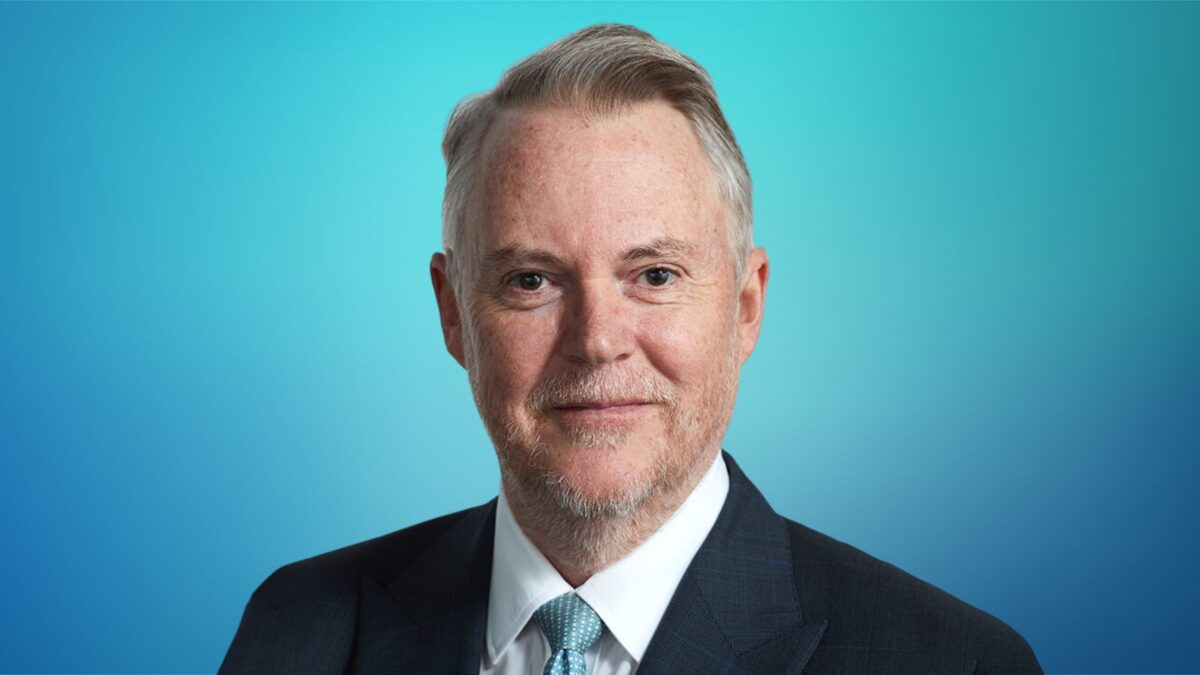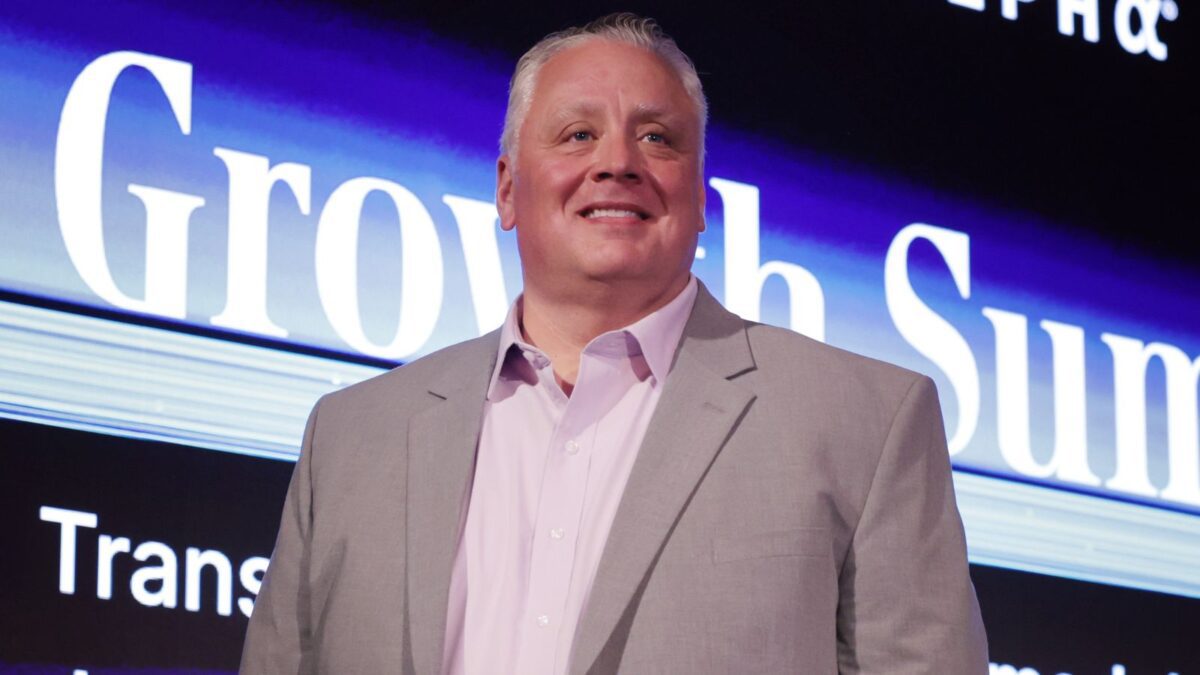No ‘flag waving altruism’ on nation-building, at home and away
There’s been plenty of gnashing of teeth about the nation-building ambitions of the Albanese Government, with the question raised repeatedly as to why private investors and super funds have been tapped on the shoulder to fund the construction of potentially critical infrastructure. To David Scaysbrook, co-founder of infrastructure investment manager Quinbrook, the answer is simple.
“Why wouldn’t you?” Scaysbrook said on Tuesday (March 7). “We have the fourth largest savings pool on the planet, and the intent of superannuation is to provide long-term savings for retirees. These are long-lived assets; these are typically 30-year plus assets. Governments can’t compel (fiduciaries)… but what they can do is create the right policy conditions for them to feel comfortable investing capital for the long-term.”
One of the “great hesitations” for institutional capital is investing in large-scale infrastructure projects, Scaysbrook said, and policy initiatives like the $15 billion National Reconstruction Fund shouldn’t be permitted to compete against the private sector. But potential nation-building investments aren’t about “flag waving altruism”; Quinbrook has been investing superannuation fund money in better opportunities in the United States for more than a decade because Australian renewables are “too risky”.
“But wouldn’t it be nice to put that money to work here in Australia at the same risk-adjusted return profile as what we’re seeing in the United States, which has offered superior returns,” Scaysbrook said. “The trustee boards in Australia have been doing the right thing; they’ve been allocating capital offshore. Renewables opportunities and nation-building initiatives in the US and the UK and parts of Europe because the returns have been better and more attractive.
“That’s not without risk because you’re investing in other sovereign jurisdictions. You’re investing with currency risk, etc. You can’t compel, but if we could make the Australian nation-building infrastructure investment opportunity as equally appealing on a fundamental risk/return basis then there isn’t a conundrum for a fiduciary board.”
“Fiscal lunacy” and the IRA
Scaysbrook made the comments during a presentation on the United States’ Inflation Reduction Act (IRA), which in part incentivises investment in renewables through a system of tax subsidies, saying that the Australian government shouldn’t try to compete with the US by introducing its own version of the act but instead get involved by becoming the supplier of choice for critical minerals necessary for the equipment the US needs to achieve its goals.
“Rather than call on the federal government to go toe to toe with the Biden Administration on matching subsidies, which I think is ridiculous, we should be looking more opportunistically at the supply chain and what the IRA means in terms of customer opportunities and trading partnership opportunities – critical minerals are at the heart of that,” Scaysbrook said.
The geopolitical tension between China and the US is the “single largest threat” to the energy transition over the next five years. The policy drivers of the IRA are fundamentally about supply chain independence, Scaysbrook said, and one reason why inputs sourced from Australia are still considered to be made in America under the IRA.
“Australia plays an overwhelming and critical role in diversifying the current renewables supply chains and satisfying – at least, in significant part – the demand for raw materials and equipment that is required for the IRA to be a success and for its objectives to be achieved. And that means big opportunity for Australia – but it isn’t in competing head-to-head on green hydrogen.”
The federal government shouldn’t “use our taxpayer dollars to compete head-to-head with the US” by introducing an equivalent subsidy program in Australia – that’s “fiscal lunacy”. But it could look at what the US needs from Australia as a customer and a market in the geopolitical context of creating alternative supply chains.
“The role of government isn’t to cash subsidise competition. The role of government is to fund improvements in critical infrastructure and transport infrastructure, enabling Australia to unlock its natural endowment – not only in renewable resources, but also in joining the dots between that and our critical mineral resources.”
“If we can do that we’ll be able to unlock our critical minerals for new export market opportunities but we’ll be able to decarbonize the value-add processing of those minerals because we’ll be using renewable power to do it. And in that sense we’ll achieve a significant competitive advantage against the carbon-intensive equipment that’s manufactured in China.”











